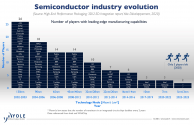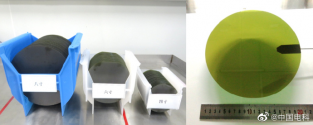And yet TSMC is having yield problem with its 3nm while Samsung is having the same from its 10nm, 7nm and its much vaunted 5nm. Even without the necessary equipment, SMIC with its N+2 7nm is able to maintain a generation gap and from what I heard from hints from Chinese publication , SMIC have received ASML NXT 2050i able to produced 5nm chip using multi patterning and from Liang Mong Song, they had finished research on 5nm chips and even 3nm and just waiting for the necessary equipment, an excerpt below circa 2020.
I originally came to mainland China not to seek high-ranking officials, but simply to contribute to the mainland's high-end integrated circuits. At present, 28nm, 14nm, 12nm, and n+1 technologies have all entered mass production, and the development of 7nm technology has also been completed. Risk mass production will be available in April next year.
The 8 most critical and most difficult technologies of 5nm and 3nm have also been carried out in an orderly manner [EMPHASIS ADDED]. Only when the EUV lithography machine arrives, we can enter the full development stage.
Note completed development of 7nm tech, SMIC had delivered better than Intel and with problems from TSMC 3nm and Samsung 5nm, I think by 2025 when China had introduced its EUVL powered by a SSBM, that gap will cease to exist.
7 days ago — According to a report quoting semiconductor industry sources,
TSMC has trouble with its
3nm process
yields. According to DigiTimes in Taiwan ...
7 days ago — The new report claims that the 4nm and
5nm yields were faked by
Samsung Foundry executives to make
it seem that everything was going well with ...
Missing:
doctor | Must include:
Dec 17, 2020 —
Mong-
song Liang announced a surprise decision to resign from his role. Mr.
Liang, who has been a key player in the Southeast Asian
semiconductor ...


